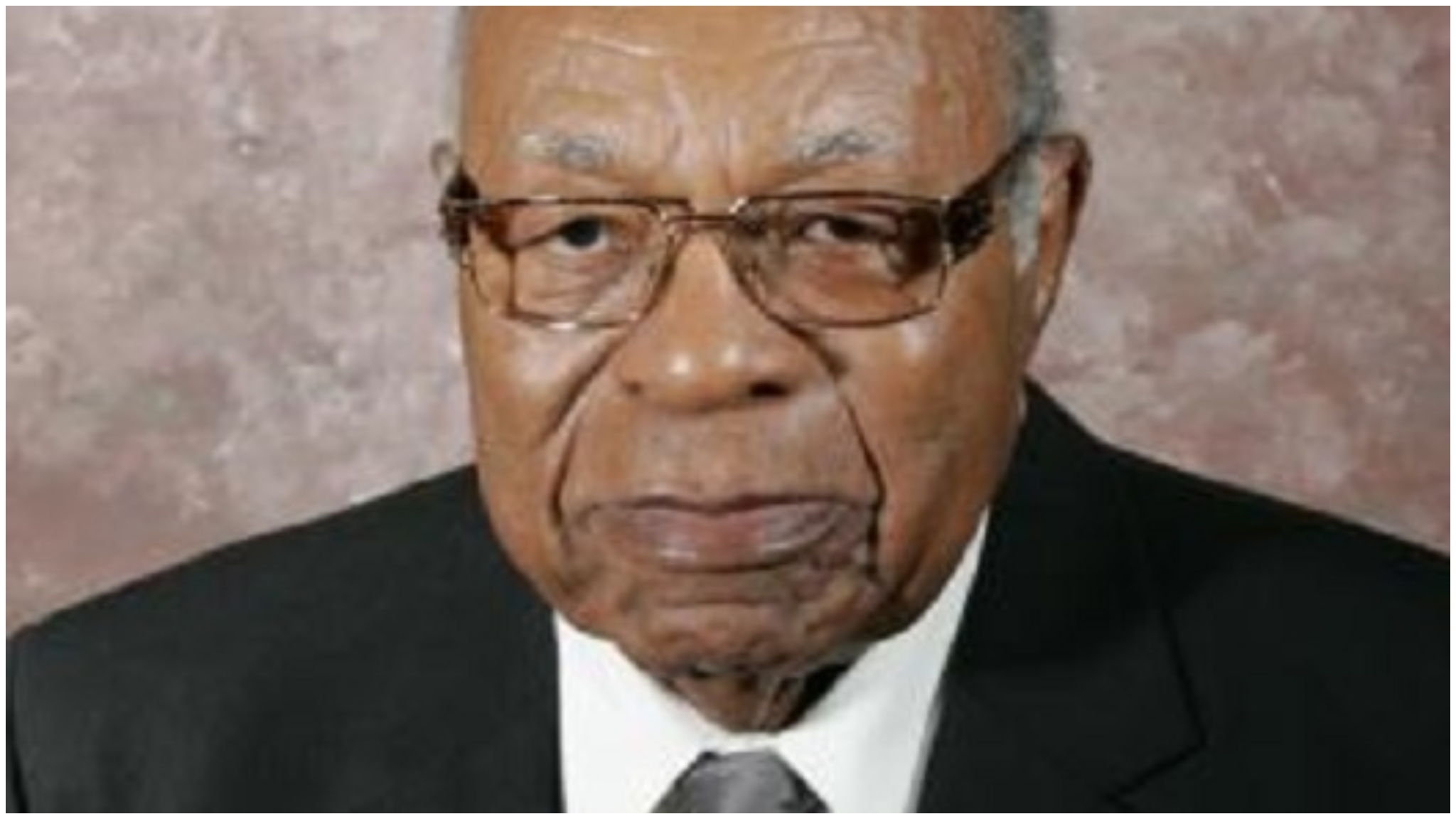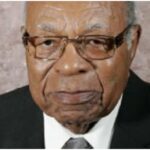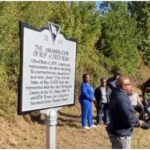A Trailblazer in Military Medicine
Captain Alvin Vincent Blount Jr. made history as the first Black chief surgeon in a Mobile Army Surgical Hospital (MASH) during the Korean War. His leadership saved countless lives in one of the war’s most critical medical units.
Blount’s achievement was groundbreaking at a time when racial barriers still existed in the military. Despite these challenges, he rose to become a key figure in battlefield medicine, proving skill and dedication mattered more than skin color.
The Birth of MASH Units and Military Integration
MASH units were a revolutionary idea developed during World War II. These mobile hospitals could be packed onto trucks and set up quickly near battlefronts. Their mission was simple—save lives by providing fast surgical care to wounded soldiers.
Another major change came in 1948 when President Harry S. Truman ordered the military to desegregate. General Matthew Ridgway pushed for full integration in Korea, believing it boosted morale. This decision opened doors for Black soldiers like Blount to take on leadership roles.
Blount’s Medical Training Under a Legend
Before joining the Army, Blount studied at Howard University under Dr. Charles Drew, a pioneer in blood transfusion science. Drew’s work saved countless lives in World War II, and his mentorship shaped Blount’s career.
Blount’s training prepared him for the high-pressure environment of a MASH unit. In 1952, he deployed with the 8225th MASH, supporting divisions like the 1st Cavalry and the 2nd Infantry—the most decorated unit of the Korean War.
Life-Saving Work Near the Frontlines
The 8225th MASH operated just 10 miles from the 38th Parallel, close enough to treat wounded soldiers quickly but far enough to avoid enemy fire. With four surgical tables running at once, the team handled around 90 cases a week.
Their success rate was astonishing. In one stretch, they treated 1,936 patients with only 11 deaths—a survival rate of 99.5%. When the chief surgeon fell ill, Blount stepped up, making history as the first Black doctor to lead surgery in a MASH unit.
Fighting Segregation Back Home
After the war, Blount returned to North Carolina, where segregation still ruled civilian life. Most hospitals refused to let Black doctors treat white patients. Blount worked at L. Richardson Memorial Hospital, barred from better-equipped facilities like Moses Cone Hospital.
In the 1960s, he became a plaintiff in Simkins v. Moses H. Cone Memorial Hospital, a landmark case that challenged racial discrimination in federally funded hospitals. The victory allowed Blount to become the first Black surgeon at Cone Hospital in 1964.
A Legacy of Courage and Change
Blount passed away in 2017 at age 94, leaving behind a legacy of bravery and progress. He not only saved lives in war but also fought for equality in medicine.
Today, we honor his contributions to military medicine and civil rights—a true hero on and off the battlefield.






Leave a Reply